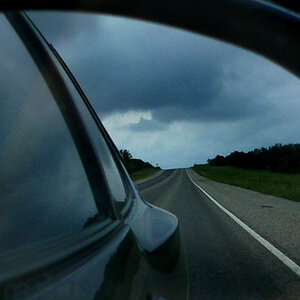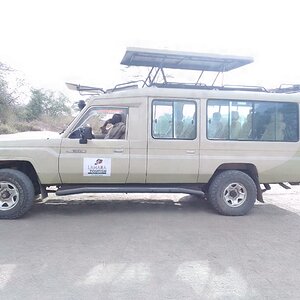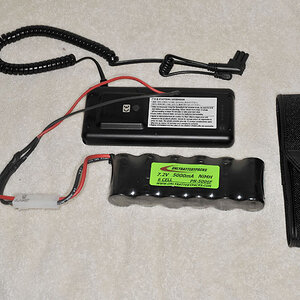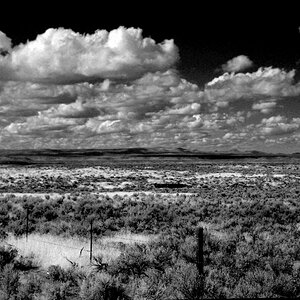JonathanNYC
TPF Noob!
- Joined
- Mar 26, 2012
- Messages
- 105
- Reaction score
- 3
- Location
- Brooklyn NYC
- Can others edit my Photos
- Photos OK to edit
Just wanted to know, does the IS really make a difference? is it more for "speed" shots? like action players, fast moving targets etc? or can the regular lens be used for general photography such as wildlife, scenery a general all purpose lens? appreciate the feedback, this forum has been instrumental in teaching me so much stuff! :thumbup::thumbup:


![[No title]](/data/xfmg/thumbnail/30/30885-2764c7a15a288ed06f3903d3a2756832.jpg?1619734497)




![[No title]](/data/xfmg/thumbnail/30/30883-04222f7ae234efdf80dff6f96ddad16f.jpg?1619734495)
![[No title]](/data/xfmg/thumbnail/38/38736-5bc266b035e23faf5ad942bdd97466a8.jpg?1619738703)


![[No title]](/data/xfmg/thumbnail/35/35666-9f404fab7b896e4ec114160079fa71c6.jpg?1619737090)
![[No title]](/data/xfmg/thumbnail/38/38734-a0c4ec46a440db881aca3700b0c62879.jpg?1619738703)
